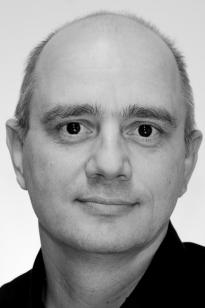
Project heads:
Prof. Dr. Rupert Klein
/
Prof. Dr. Frank Schmidt
Project members:
Dr. Sven Burger
/
Dr. Martin Hammerschmidt
Duration: -
Status:
completed
Located at:
Konrad-Zuse-Zentrum für Informationstechnik Berlin
Project heads:
Prof. Dr. Frank Schmidt
Project members:
Sven Herrmann
Duration: -
Status:
completed
Located at:
Konrad-Zuse-Zentrum für Informationstechnik Berlin
Project heads:
Dr. Sven Burger
/
Prof. Dr. Frank Schmidt
Project members:
Felix Binkowski
Duration: 01.06.2017 - 30.09.2019
Status:
completed
Located at:
Konrad-Zuse-Zentrum für Informationstechnik Berlin
Project heads:
PD Dr. Uwe Bandelow
/
Dr. Thomas Koprucki
/
Prof. Dr. Alexander Mielke
/
Prof. Dr. Frank Schmidt
Project members:
-
Duration: 01.01.2008 - 31.12.2019
Status:
running
Located at:
Weierstraß-Institut
/ Konrad-Zuse-Zentrum für Informationstechnik Berlin